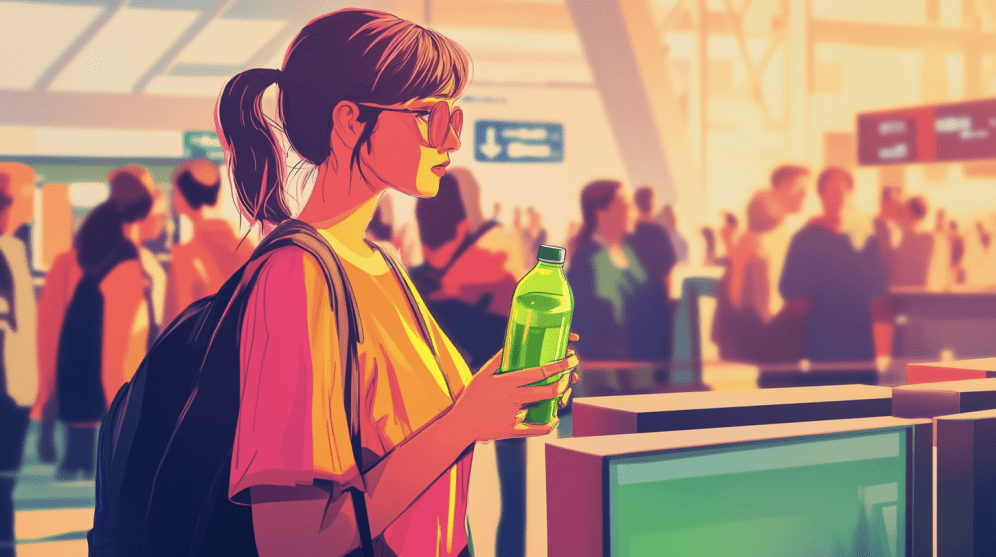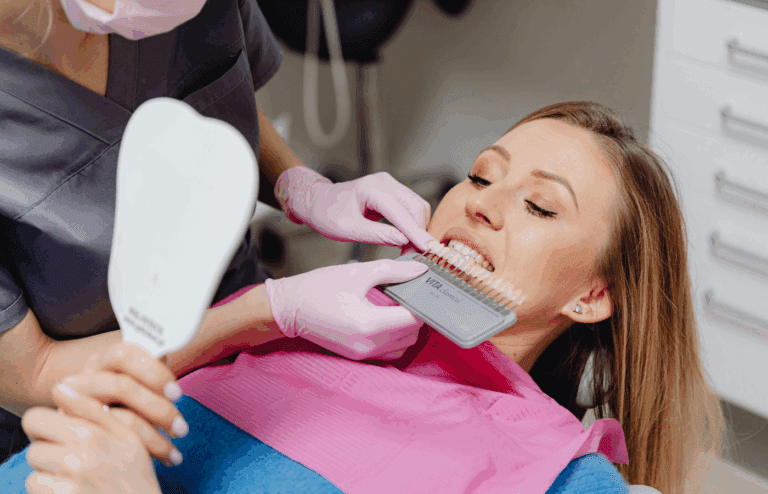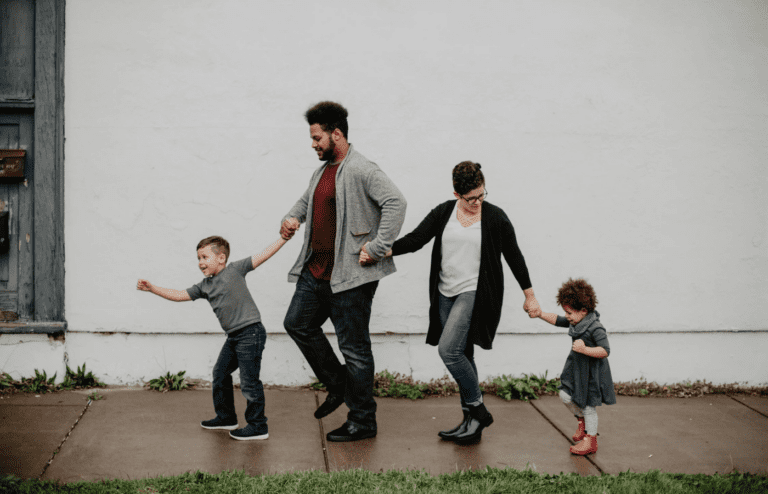The Transportation Security Administration (TSA) enforces strict regulations on carrying liquids aboard aircraft to ensure passenger safety. One of the key guidelines is the 3-1-1 rule, which restricts travelers to carrying liquids in containers no larger than 3.4 ounces. These containers must fit inside a single, quart-sized, clear plastic bag, allowing for easy inspection at security checkpoints.
However, certain liquids are exempt from this rule due to medical, infant care, or other essential needs. These exceptions allow passengers to carry larger quantities of specific liquids without adhering to the standard 3-1-1 limitation. The following ten liquids fall under these exemptions and can be brought through security in greater amounts when properly declared and screened.
10. Prescription Medication in Gel, Aerosol, or Liquid
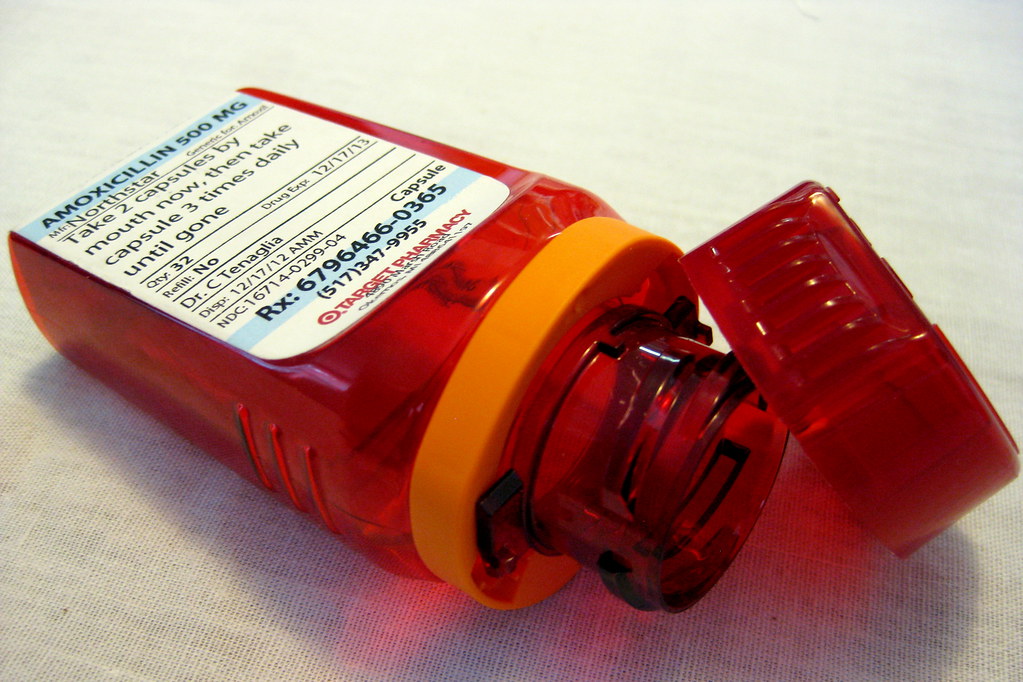
Prescription medicine in liquid, gel, and aerosol form qualifies for TSA exemption. However, TSA recommends the medication be clearly labeled so there is no question about what is inside. Still, medication may be screened visually or via x-ray. It may also be tested for traces of explosives. TSA also may ask for the container to be opened for vapor analysis.
9. Fresh Eggs
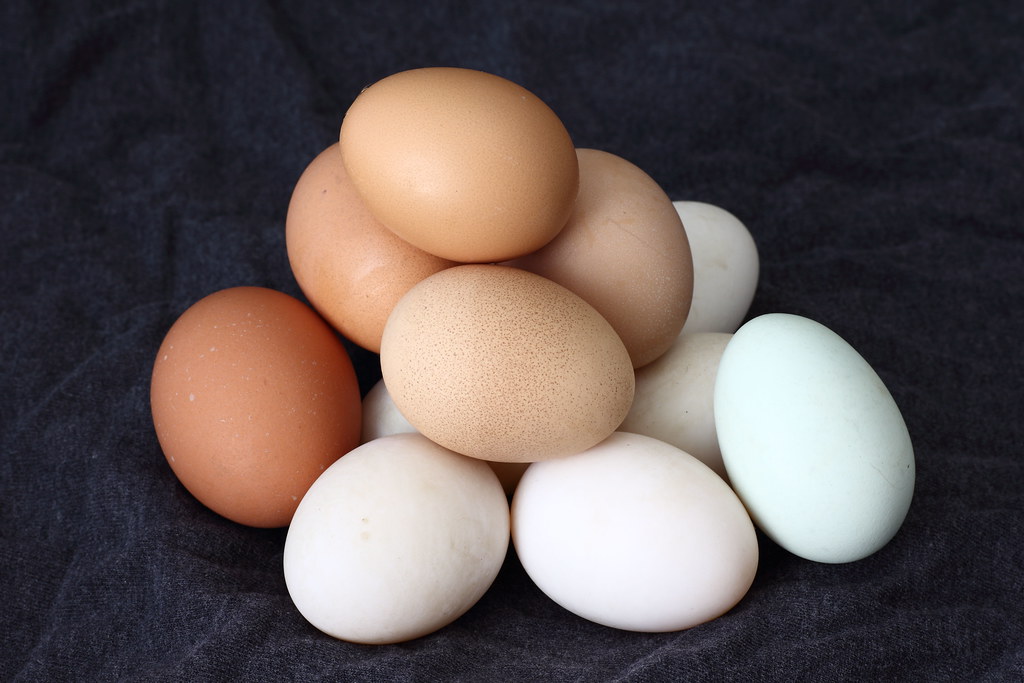
Surprisingly, eggs are one item that does not have to be crammed into a 3-1-1 approved bag. You are allowed to transport fresh eggs with liquid yolks. However, they may need to be separated from your carry-on bag for proper inspection to make sure they are what they appear to be.
8. Live Fish, Lobster, and Coral Transported in Water
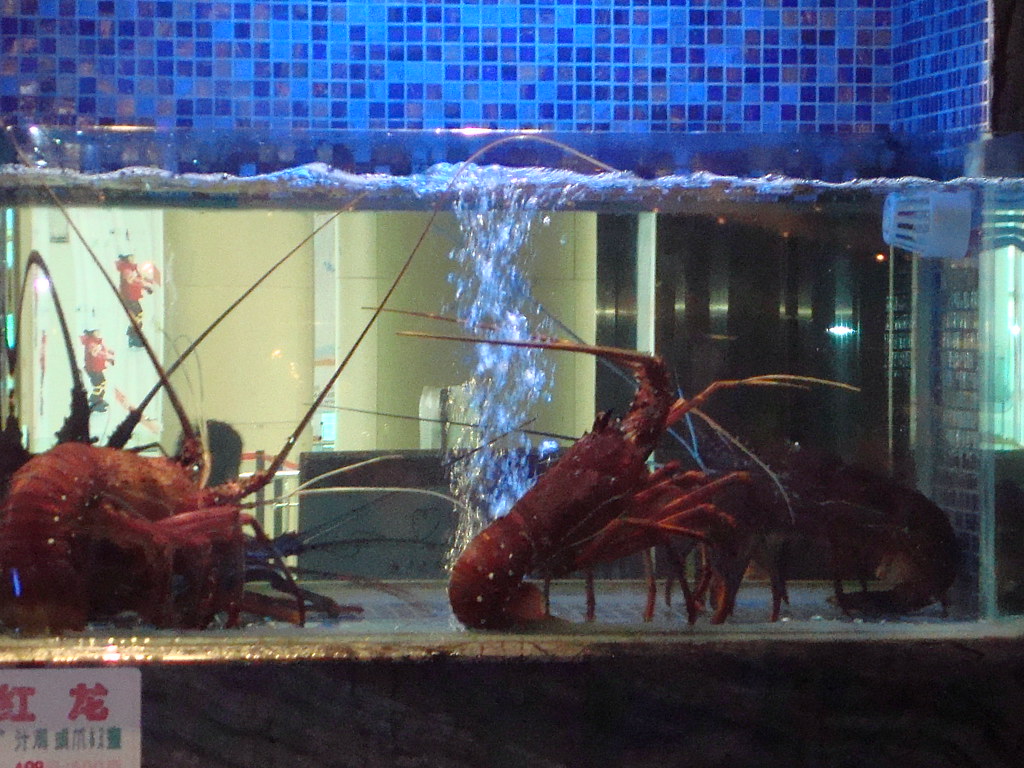
Live fish or live coral are exempt from the 3-1-1 rule, assuming they need more than 3.4 ounces of water. Live fish or live coral are acceptable as long as they are in a clear, transparent container that can be properly inspected by a TSA officer. Certain airlines will also permit live lobster in clear, plastic, spill-proof containers.
7. Non-Spillable Wet Batteries
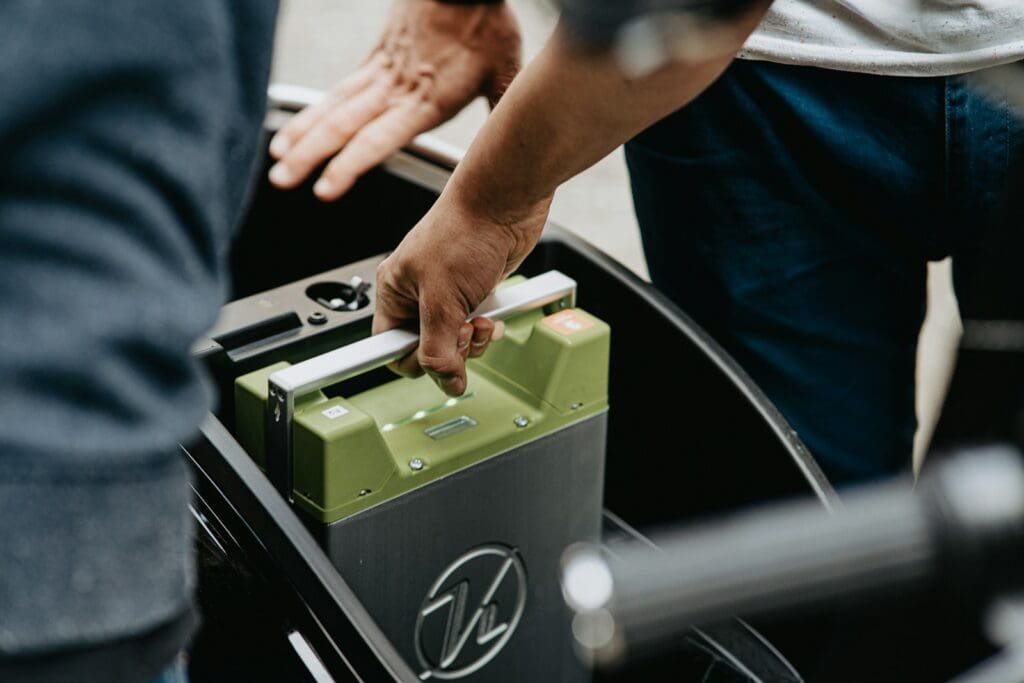
Some electronic devices that require non-spillable batteries — such as those with absorbed electrolytes, a gel cell, an absorbed glass mat, and similar — are allowable. The equipment must be protected against accidental activation or evolution of heat. The battery must be 12 volts or less and have less than 100 watt-hours.
6. Biological Specimens
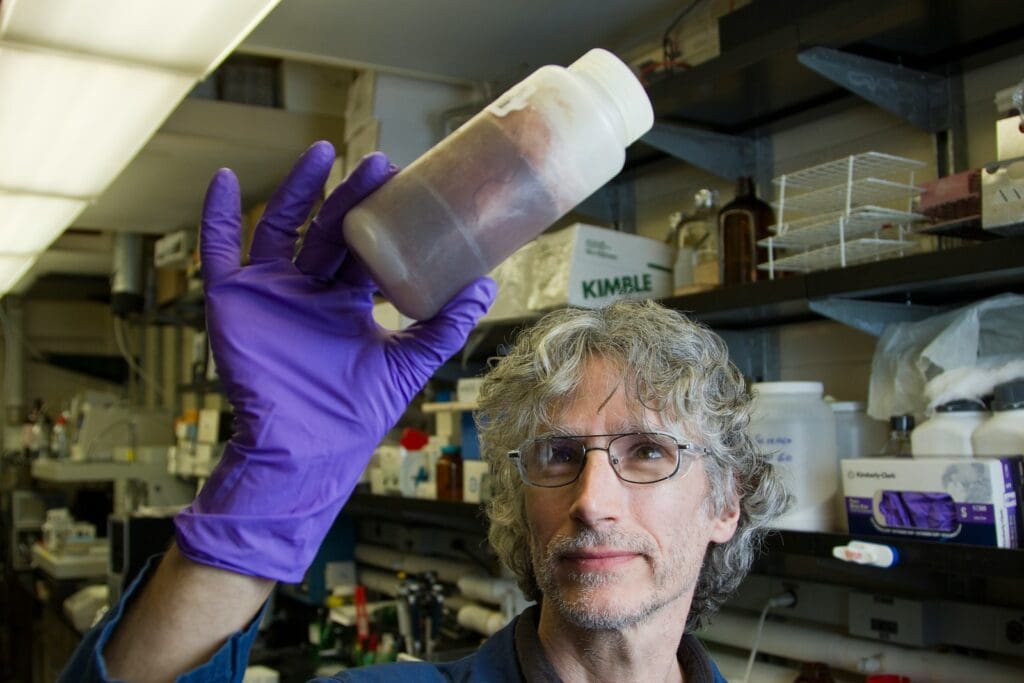
Non-infectious biological specimens stored in preservative solutions for scientific research can be transported through airports. Allowable liquids include formaldehyde, ethanol, isopropanol, or other alcohols. Limits are up to 30 milliliters of free liquid in a heat-sealed inner plastic bag and one liter or less in the outer packaging. Packaging must be marked: “Scientific research specimens, 49 CFR 173.4b applies.”
5. Breast Milk or Formula for Infants
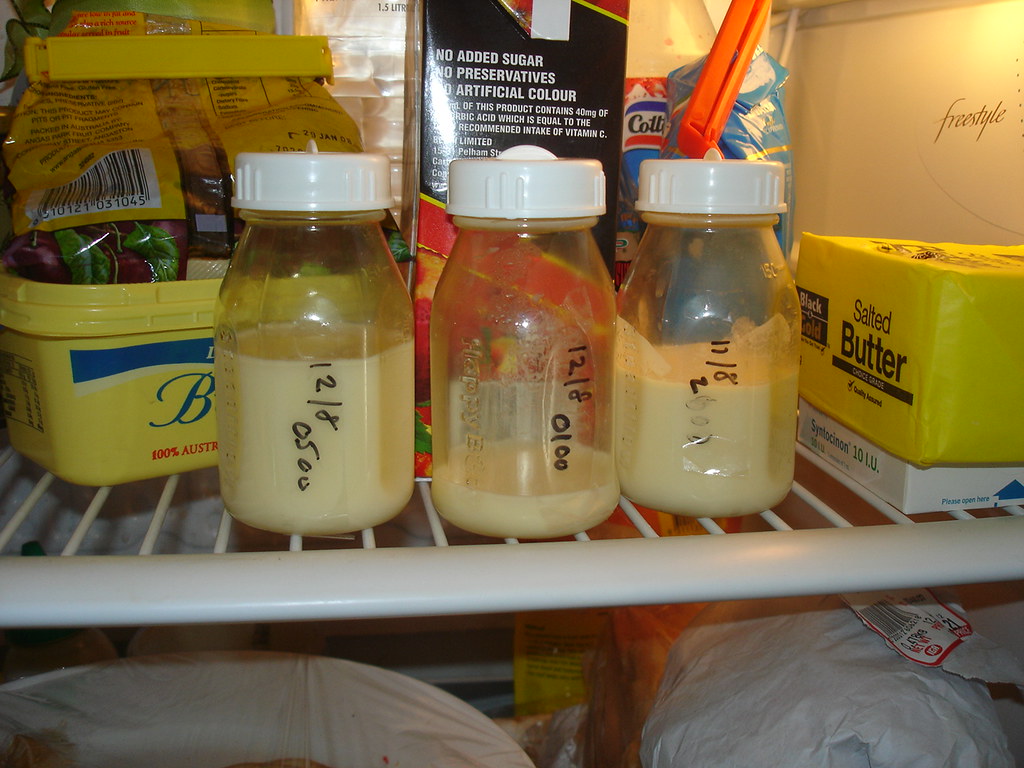
Breast milk and baby formula are deemed “medically necessary liquids” by TSA. A child is not required to be present for this exemption. However, TSA suggests (but does not require) that liquids be transported in clear and translucent bottles to facilitate screening by Bottle Liquid Scanners. You may be asked to open them. Alternative testing is available rather than X-rays.
4. Teethers Filled With Liquid
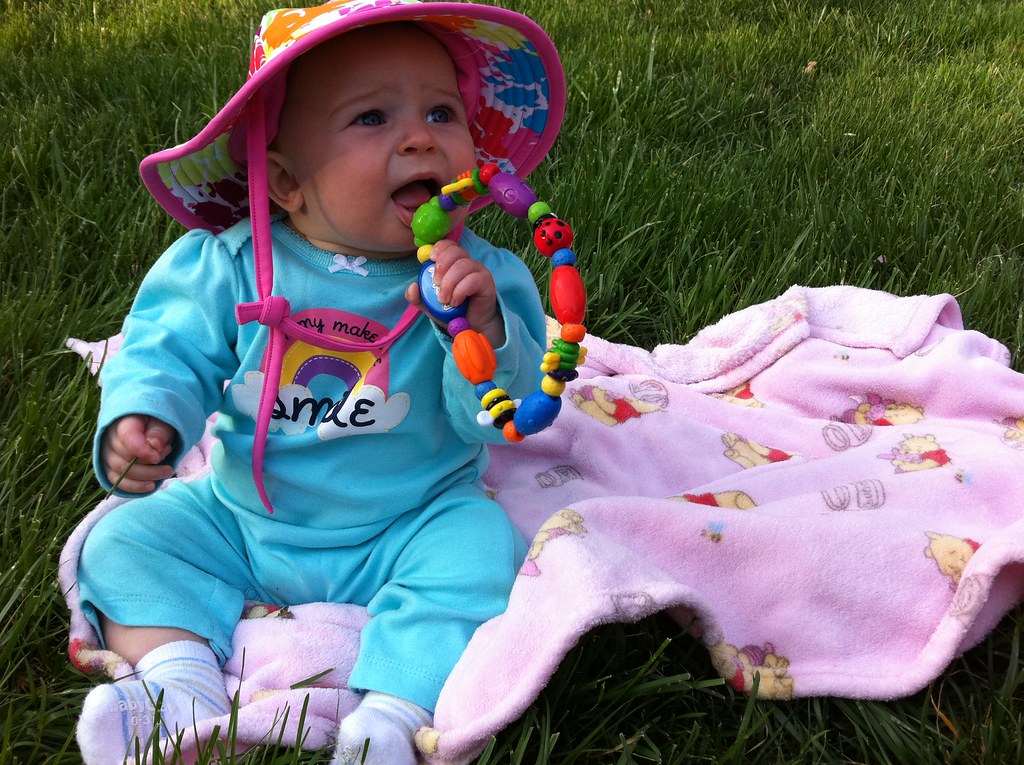
TSA has also made an exemption to the 3-1-1 liquid rule for “liquid-filled teethers” for babies. TSA has recognized how important teethers are to babies. This item has been specifically designated as one that can be brought through the security check. If the items are partially frozen or slushy, they may be subject to standard screening procedures, including X-ray.
3. Freezer or Ice Packs for Medically Necessary Items
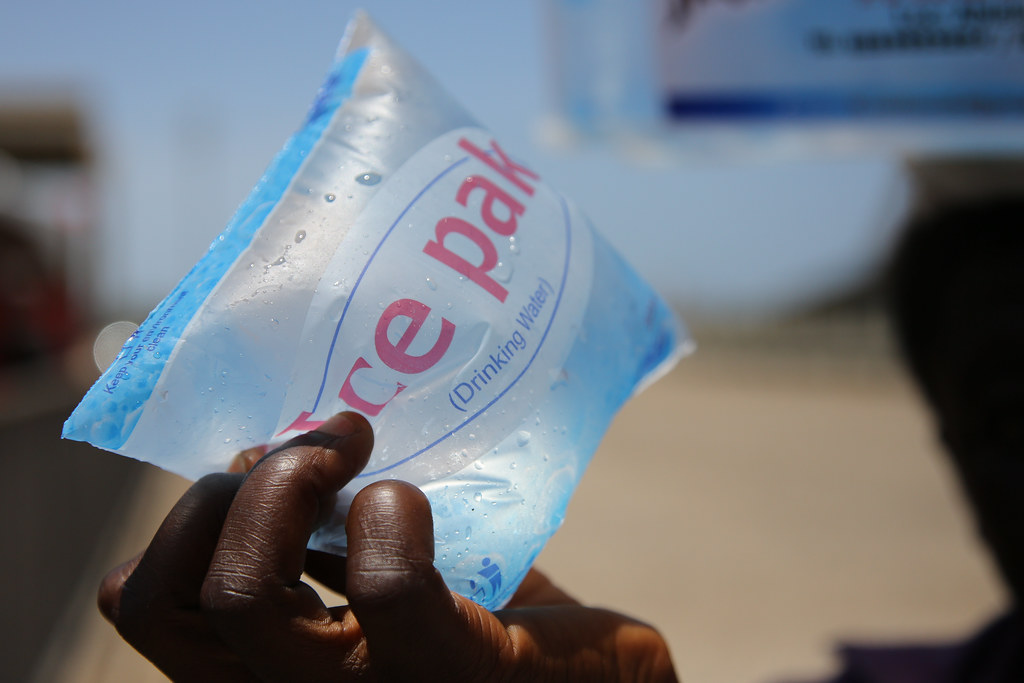
TSA allows you to bring liquid in the form of freezer or ice packs to keep medications cold. Freezer ice packs are also allowed for other medical accessories that need to be kept cold such as IV bags or syringes. However, frozen and slushy items may be subject to standard and/or additional inspections.
Read More: Need a Productivity Boost? Try the 90/90/1 Method
2. Food and Drinks for Toddlers and Babies
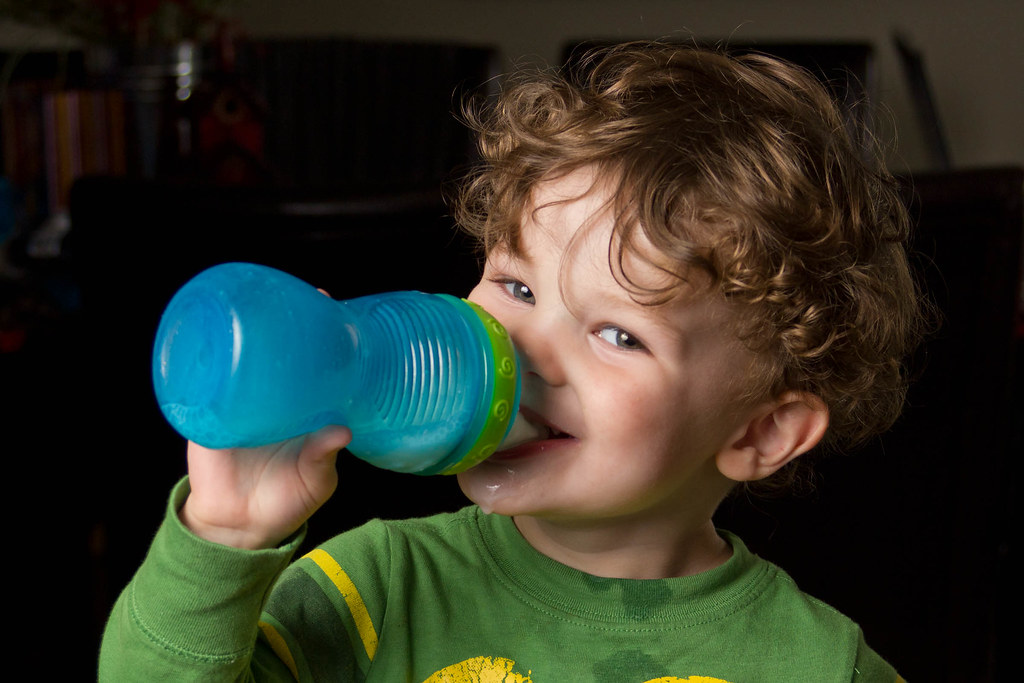
Food and drinks for babies and toddlers are also exempt from the 3-1-1 rule, which also includes purée pouches. Technically, these items fall into the “medically necessary” category. TSA also permits water for babies in “reasonable quantities.” *Note that prescription wet pet food, even for service animals, is not an exception to the TSA liquid rule.
Read More: How Prepaid Credit Cards Protect Your Identity
1. Duty-Free Items Sealed in a Tamper-Evident Bag
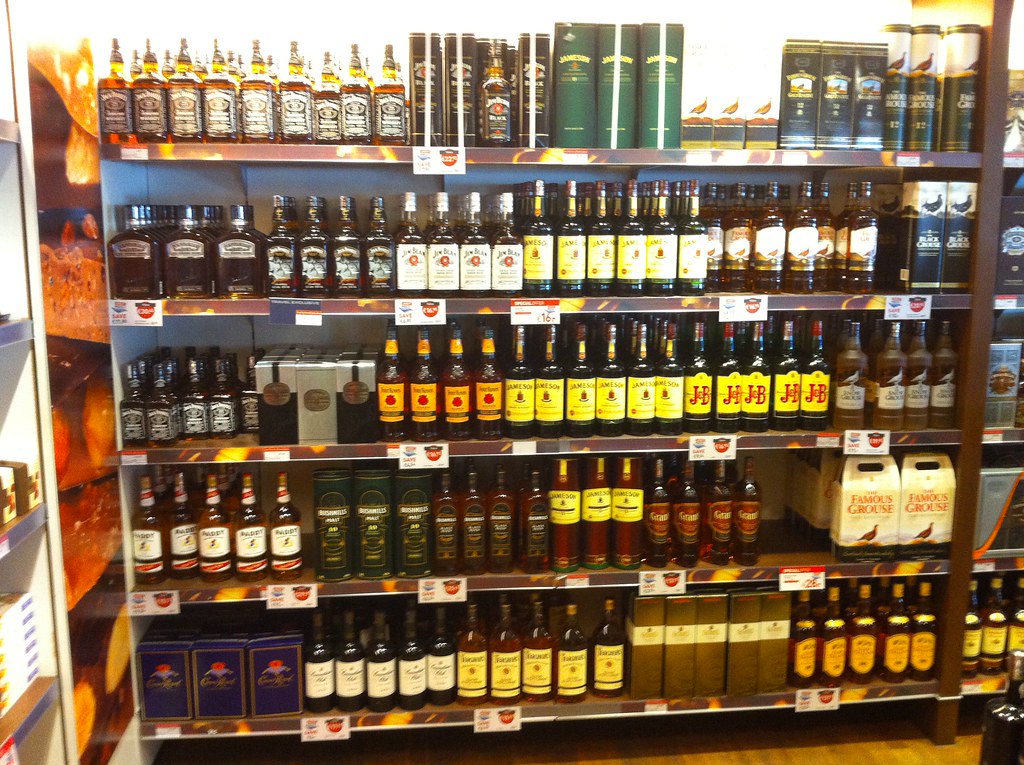
Liquid items purchased duty-free at the airport can be transported as long as the cashier has sealed them in a security tamper-evident bag (STEB). This system was purposely developed by the International Civil Aviation Organization to allow exemptions to the liquid volume rules for items purchased from duty-free airport retailers or on board an aircraft.
Read More: The 10 Busiest Airports in the United States

